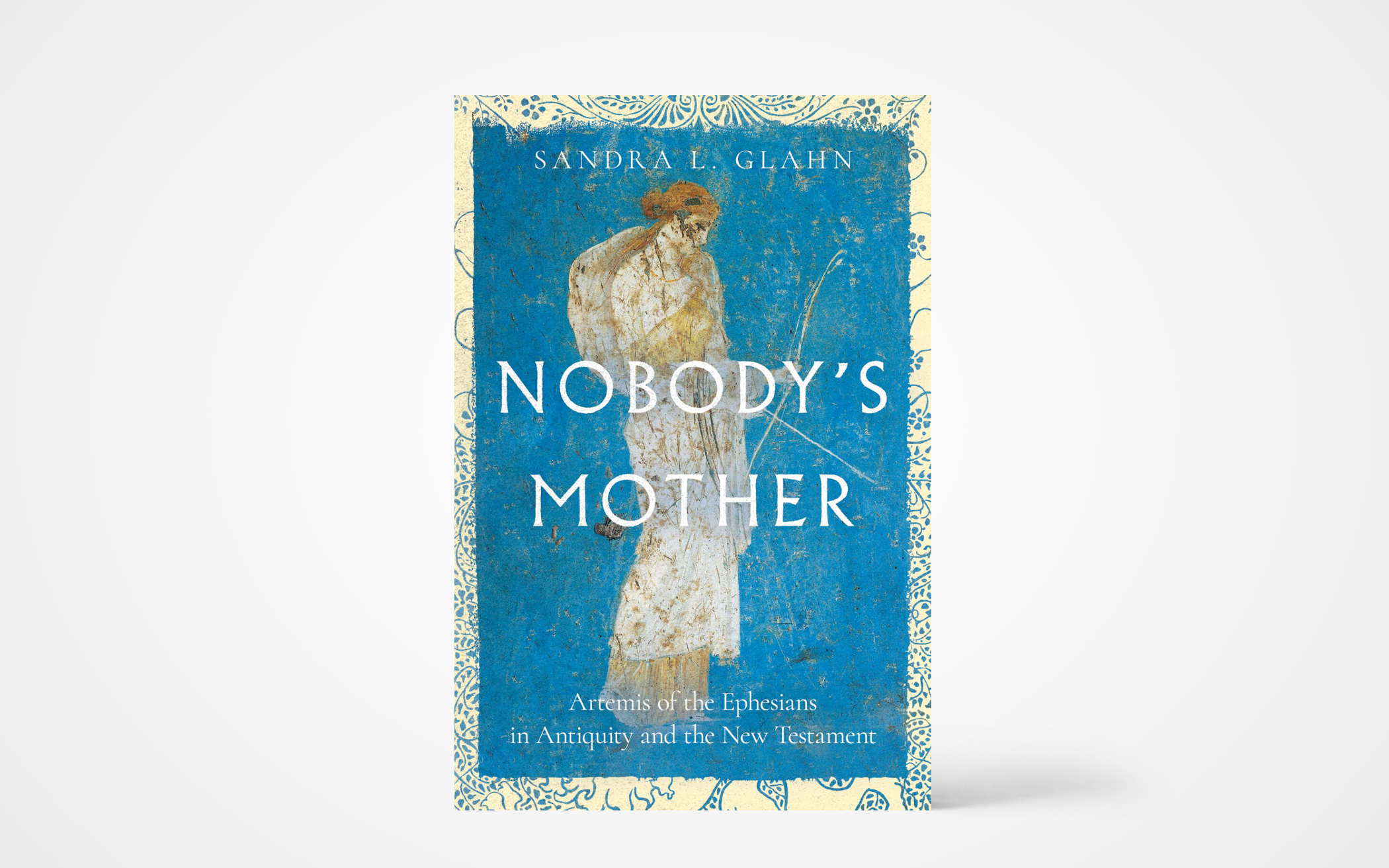After Sandra Glahn had suffered eight miscarriages and her three efforts at adoption were disrupted, Glahn wondered what her role was to be if not a mother. So she embarked upon an academic journey that led her to becoming a professor at Dallas Theological Seminary, a bastion of conservative theology.
Her personal story, combined with her interest in the early church and New Testament theology, led her to explore a specific phrase in 1 Timothy 2:15 that “women will be saved through childbearing.” Countless believers have puzzled over what Paul meant, and the childless Glahn was especially perplexed. What was the implication for someone like her? “I had to know: What is a female human and what is God’s vision for her?” she writes in Nobody’s Mother: Artemis of the Ephesians in Antiquity and the New Testament. Her painstakingly researched book is the result.
As she dove into the passage, Glahn realized that the key to reading and applying 1 Timothy lies in unveiling the mystifying goddess Artemis and the cult that had a “stranglehold” on the people of Paul and Timothy’s day. Her image adorned coins, a month of the year was named for her, and Olympic-style games—the Artemesia—were held in her honor. “She was trusted as guardian and protector of the city,” Glahn writes. Ephesus lay in “the grip of magic and Artemis worship.”
As a graduate of a Bible college myself, I can hardly remember Artemis being referred to at all, never mind as a backdrop to the ancient church. Most people in Timothy’s congregation in Ephesus would have had to wrestle with her influence, a factor that enhances our understanding of both the times and Paul’s exhortations.
Paul was neither confused nor misogynistic (though he’s been accused of both) when he wrote that women would be “saved through childbearing.” According to Glahn, Paul was alluding to Artemis’ role as the virgin goddess of midwifery. Timothy and his congregants would have instantly known this, Glahn asserts.
First-century Ephesus, says Glahn, was a “goddess-first context.” Artemis was commonly seen as having the power to bring women through childbirth, either by safely delivering the child or shooting the mother with flaming arrows to put her painlessly out of her agony. Women in that time could die horrific deaths by laboring for days on end, so Artemis and her arrows were seen as saviors. But Paul staked his life upon a different deliverer, the one true God, and he wanted the early Christians to place their trust in God too.
The author delves into a panoply of sources, including same-era literature by Pliny the Elder and Homer, ancient inscriptions on monuments and statues (the discovery of which has nearly doubled in the past 30 years), architecture and art to sketch out the identity of Artemis, and how worship of this goddess led to many problems in the church. Some Christian women probably still trusted Artemis, not God, to bring them through labor, either by delivering the babies or euthanizing the mothers. And that was a big problem.
Though the book also wrangles with other controversial words and phrases in 1 Timothy 2, Glahn focuses mainly on verse 15, which is impossible to explain without understanding the role of Artemis worship in the social imagination of Timothy’s church members. Readers might not agree with the author’s conclusion—that Paul was saying only Jesus Christ and salvation in him could “deliver” a woman through childbirth and everything else—but they can’t deny Glahn’s extensive scholarship.
As someone who is endlessly fascinated by women of the early church, this book colored in many intriguing details. Most of all, I join historian Beth Allison Barr, who endorsed the book, in praising Glahn’s clarity in addressing centuries of confusion regarding this verse.
"What a clear and compelling explanation for one of the most unclear passages in Scripture!” Barr writes. “This eye-opening book … helps us better understand not only the historical context of Paul’s words but also how the spiritual worth of a woman is not tied to the physical state of motherhood.” (IVP Academic)
About the Author
Lorilee Craker, a native of Winnipeg, Man., lives in Grand Rapids, Mich. The author of 16 books, she is the Mixed Media editor of The Banner. Her latest book is called Eat Like a Heroine: Nourish and Flourish With Bookish Stars From Anne of Green Gables to Zora Neale Hurston.









